Congestion pricing: A new strategy to alleviate traffic

According to a new report issued by the National League of Cities (NLC), an advocacy organization in the U.S., congestion charging may be a viable solution to reduce traffic and improve the quality of life in city centers.
The report emphasizes the fact that people in the U.S. still prefer to use a car rather than public transportation. In particular, in small cities, mid-sized cities and large cities, 91%, 86%-87% and 78% of people travel by their private vehicles, respectively. The phenomenon is going to get worse as the population grows and public transportation systems do not improve.
The large cities in the U.S. with the highest commuting distances are New York, Boston, San Francisco and Washington. From those cities, only in New York, more than half of the population uses public transport.
Moreover, congestion highly affects truck industry. According to the American Transportation Research Institute (ATRI), $63.4 billion are lost annually due to truck delays caused by traffic (an estimate of 996 million hours of productivity lost).
Congestion pricing is a strategy that satisfies the general concept of supply and demand. Due to residents' high demand for the usage of roadways, a price should be charged to reflect the actual value of the public good. Therefore, congestion charging will be a fee charged to drivers that use a congested roadway in a city.
The charge systems will be used to finance infrastructure projects. According to the American Society of Civil Engineers (ASCE), the roadway infrastracture needs improvements and upgrades that would cost as much as $5 trillion. Therefore, congestion charging could support the effort to raise that amount.
“The mobility landscape is changing: Driverless cars, electric vehicles, e-scooters and even robots are coming to our streets. But we still haven’t fixed our nation’s infrastructure. We all deserve safe roads and bridges, clean air and access to transit. Ultimately, city leaders will be the ones to usher in the innovative, forward-looking systems to get us there”, Brooks Rainwater, senior executive and director for NLC’s Center for City Solutions, stated.
The report focuses on cities that have already implemented similar systems. London, U.K., experienced intense congestion issues back in 2003. Authorities applied congestion pricing and improved the public transportation network. A year later, traffic was alleviated and the average speed of vehicles in the city increased by 30%.
Sources: Csengineermag Freightwaves
Sources: Csengineermag, Freightwaves
Want to read more like this story?

Cities to live in to escape climate change
Nov, 11, 2016 | NewsA list of the most climate change-adaptive cities in North America A list of the most climate cha...

European cities lead the way to sustainable transport
May, 09, 2017 | NewsOslo, London and Amsterdam are closer to achieving completely green transport Oslo, London and Am...
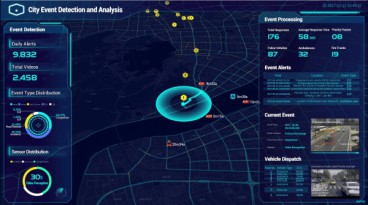
Alibaba's artificial intelligence system to alleviate traffic
Feb, 15, 2019 | NewsA sophisticated artificial intelligence (AI) system has been delivered to address traffic issues in...
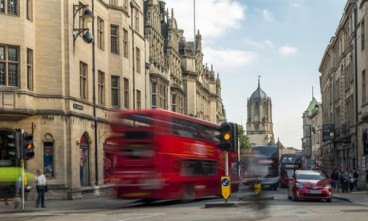
Oxford intends to introduce the world’s first Zero Emission Zone by 2035
Oct, 20, 2017 | NewsThe measures come as a response to the high levels of NO2 in the city’s center The measures c...
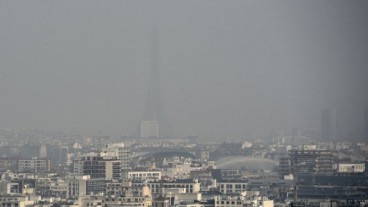
Paris Limits Driving to Curb Air Pollution
Mar, 23, 2015 | NewsAfter a major spike in air pollution earlier this week, Paris city mayor Anne Hidalgo asked authorit...
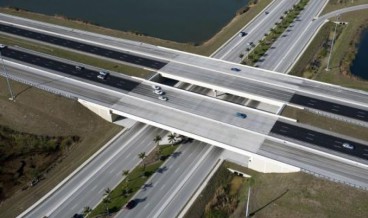
US infrastructure scores a D+: more than $4.5 trillion need to be invested by 2025
Mar, 17, 2017 | NewsThe roads, bridges, public drinking and water systems, dams, airports and mass transit systems in th...
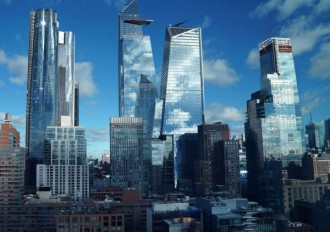
New York City major to ban glass skyscrapers with high greenhouse emissions
Apr, 25, 2019 | NewsBill de Blasio, New York City major, has decided to ban the erection of energy inefficient glass sky...
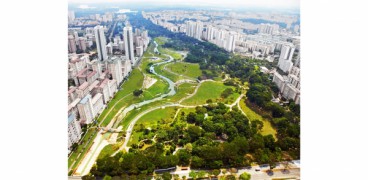
Different urbanization patterns in large cities worldwide
Oct, 23, 2020 | NewsA new study reveals dissimilar urbanization patterns in large cities all over the world during the p...
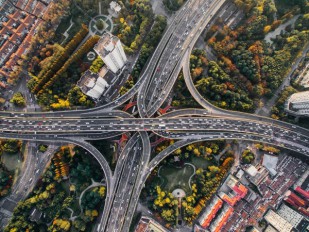
U.S. Interstate Highway System needs severe improvements
Jan, 08, 2019 | NewsAccording to a new report, the U.S. Interstate Highway System needs overhaul in order to addres...
Trending

Vertical gardens in Mexico City to combat pollution

Saudi Park Closed After 360 Big Pendulum Ride Crashes to Ground, 23 injured

Characteristics of Load Bearing Masonry Construction

Taipei 101’s impressive tuned mass damper

Dutch greenhouses have revolutionized modern farming

Federal court rules Biden’s offshore drilling ban unlawful


